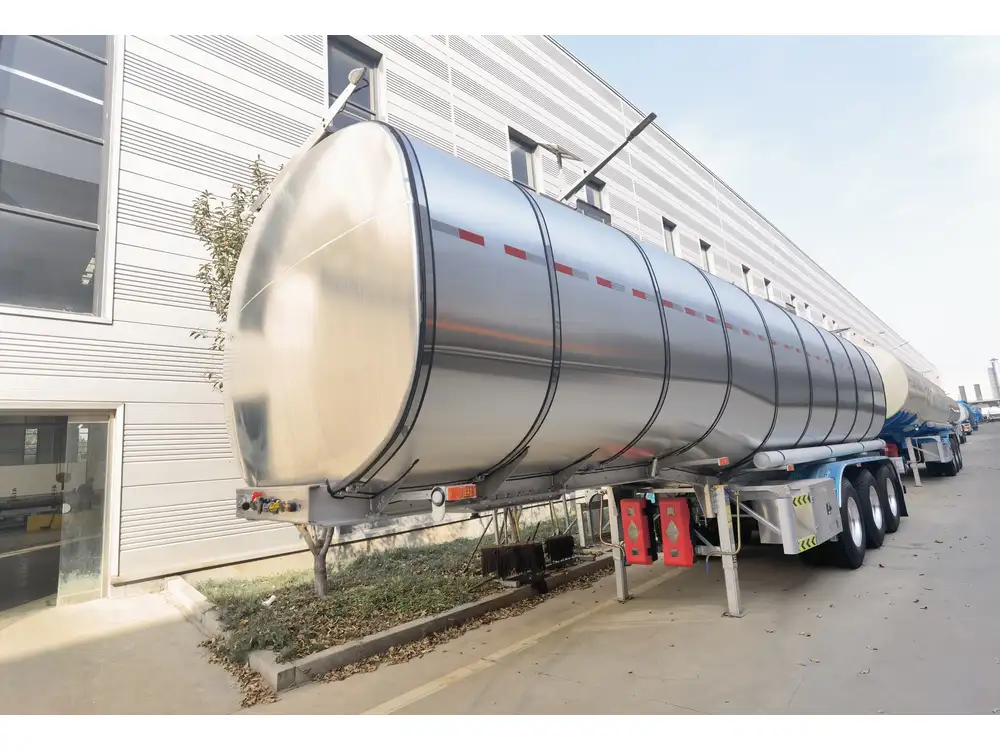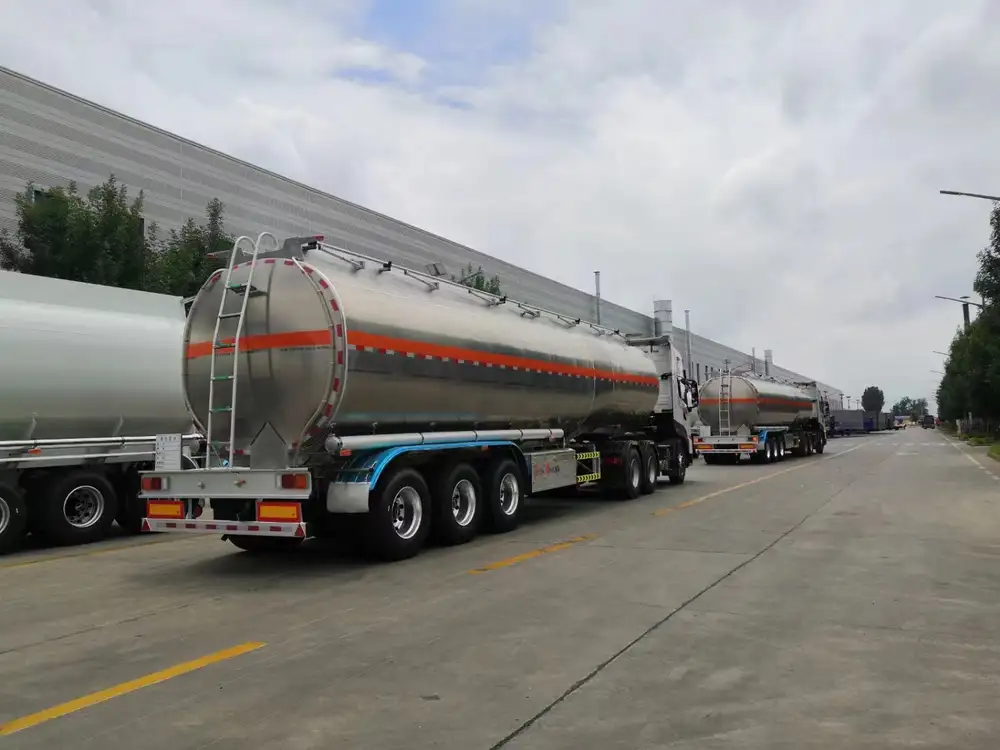In the thriving landscape of Uganda, where transportation solutions are vital for economic growth, understanding the dynamics of truck fuel prices is essential for operators, businesses, and logistics firms alike. Fuel costs can substantially affect the operational expenditures of transportation companies, making it imperative to remain informed about current prices and trends.
Current Truck Fuel Prices in Uganda
As of late 2023, truck fuel prices in Uganda fluctuate based on several factors, including international crude oil prices, local refining capacities, and regional supply chain dynamics.
| Fuel Type | Average Price per Liter (UGX) | Factors Influencing Price |
|---|---|---|
| Petrol | 5,600 | Global oil prices, local demand |
| Diesel | 5,200 | Refining capabilities, transport logistics |
| Gasoline | 5,800 | Seasonal fluctuations, import costs |
These figures serve as a snapshot of the current market, but prices can change daily based on variations in demand and supply. For truck operators in Uganda, tracking these fluctuations is crucial.
Understanding the Drivers Behind Truck Fuel Prices

1. Global Oil Market
The most prominent factor impacting fuel prices in Uganda is the volatility of the global oil market. Prices for crude oil can experience rapid increases or decreases due to:
Geopolitical Tensions: Events like conflicts, sanctions, or natural disasters can disrupt supply chains and escalate prices.
OPEC+ Production Decisions: The Organization of the Petroleum Exporting Countries (OPEC) and its allies influence market prices by controlling production levels.
Economic Indicators: Economic growth in major consuming nations can increase demand, thereby pushing prices upward.
2. Exchange Rates
As Uganda imports a significant portion of its fuel, exchange rates play a critical role. A weaker Ugandan Shilling can lead to higher fuel prices as import costs rise. For trucking companies, this means:
Strategic Planning: Companies must anticipate currency fluctuations to stabilize their fuel expenses.
Hedging Practices: Some businesses opt to engage in financial instruments to hedge against currency risk.
3. Local Supply Chain Factors
Domestic infrastructure and logistics are paramount in defining fuel prices. Challenges include:
Transport Infrastructure: Poor road conditions can increase transportation costs for fuel transporters, subsequently raising end-user prices.
Regional Variation: Prices may vary between urban and rural areas, reflecting the costs associated with delivering fuel to remote regions.

The Future of Truck Fuel Prices in Uganda: Key Considerations
1. Alternative Fuel Sources
The shift towards alternative fuels, such as biofuels and electric vehicles, is gaining momentum. These alternatives can mitigate the impact of rising traditional fuel prices. Truck manufacturers, including CarMax Trailer, are integrating more fuel-efficient designs and hybrid technologies into their offerings, pushing the industry towards a sustainable future.
2. Fuel Conservation Strategies
Hauliers are increasingly seeking innovative ways to reduce fuel consumption. Best practices include:
Route Optimization: Utilizing technology for efficient route planning can minimize fuel expenditure.
Vehicle Maintenance: Regular servicing ensures that vehicles operate efficiently, thus conserving fuel.

3. Government Policies
Government interventions can also dramatically influence fuel prices through taxation and subsidies. Stakeholders in the logistics and transportation sectors must stay informed on:
Subsidies for Fuel Efficient Technologies: Policies encouraging cleaner fuel usage can alleviate some operational costs.
Tax Incentives: The government may introduce tax benefits for companies deploying eco-friendly practices.
The Impact of Fuel Prices on Trucking Operations
Understanding fuel prices’ implications for truck operations is essential for strategic planning. Here are some key operational impacts:
1. Cost Control Measures
Budgeting for Fuel: Stay vigilant about market trends to budget appropriately. Utilizing fuel cards can also assist in monitoring fuel expenses more effectively.
Investment in Fuel Efficient Equipment: Companies should consider investing in advanced engine technologies that facilitate better fuel consumption.

2. Market Competitiveness
Pricing Strategies: Operators need to adjust service pricing to maintain market competitiveness while covering rising fuel costs.
Diversification: Expanding services offered—like freight tracking and logistics consulting—can buffer against plunges in fuel prices.
Conclusion
In this rapidly changing landscape, understanding truck fuel prices for sale in Uganda is essential for anyone involved in transportation. Comprehensive knowledge of price drivers, coupled with strategic operational adjustments, can help businesses navigate this volatility effectively. To remain competitive, companies must embrace innovation while conserving resources, thereby ensuring sustainability in both operational practices and environmental stewardship.
FAQs
1. What are the current average truck fuel prices in Uganda?
As of late 2023, petrol averages around UGX 5,600 per liter and diesel approximately UGX 5,200 per liter, though these prices are subject to frequent changes.
2. How do international oil prices affect Uganda’s fuel prices?
International oil prices are a primary driver, as Uganda imports most of its fuel. Any fluctuation in the global market, influenced by geopolitical events or production changes, will reflect in local prices.
3. What steps can trucking companies take to minimize fuel costs?
Trucking companies can implement route optimization, regular vehicle maintenance, and invest in fuel-efficient technology to effectively minimize fuel expenses.
4. Is there a future for alternative fuels in Uganda’s trucking industry?
Yes, the shift towards alternative fuels and electric vehicles is gaining traction in Uganda, especially as manufacturers, like CarMax Trailer, develop more sustainable and efficient trucking solutions.













Reviews
There are no reviews yet.